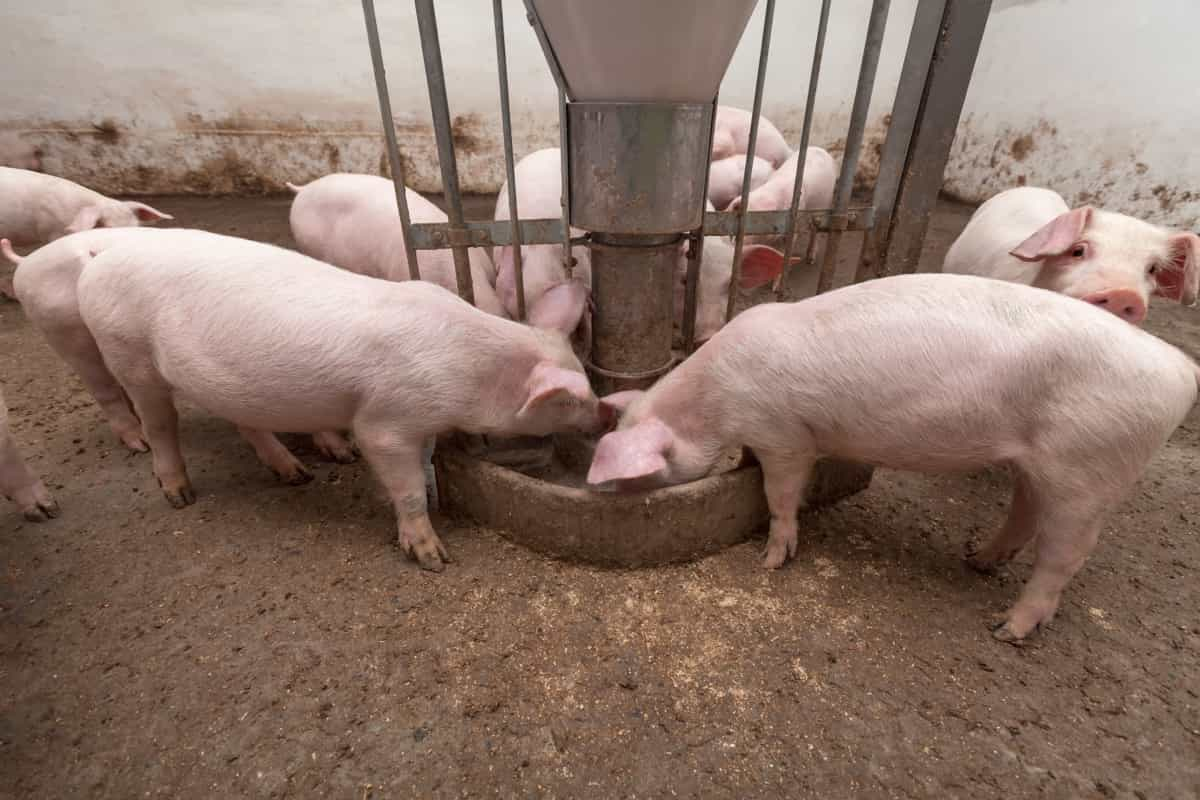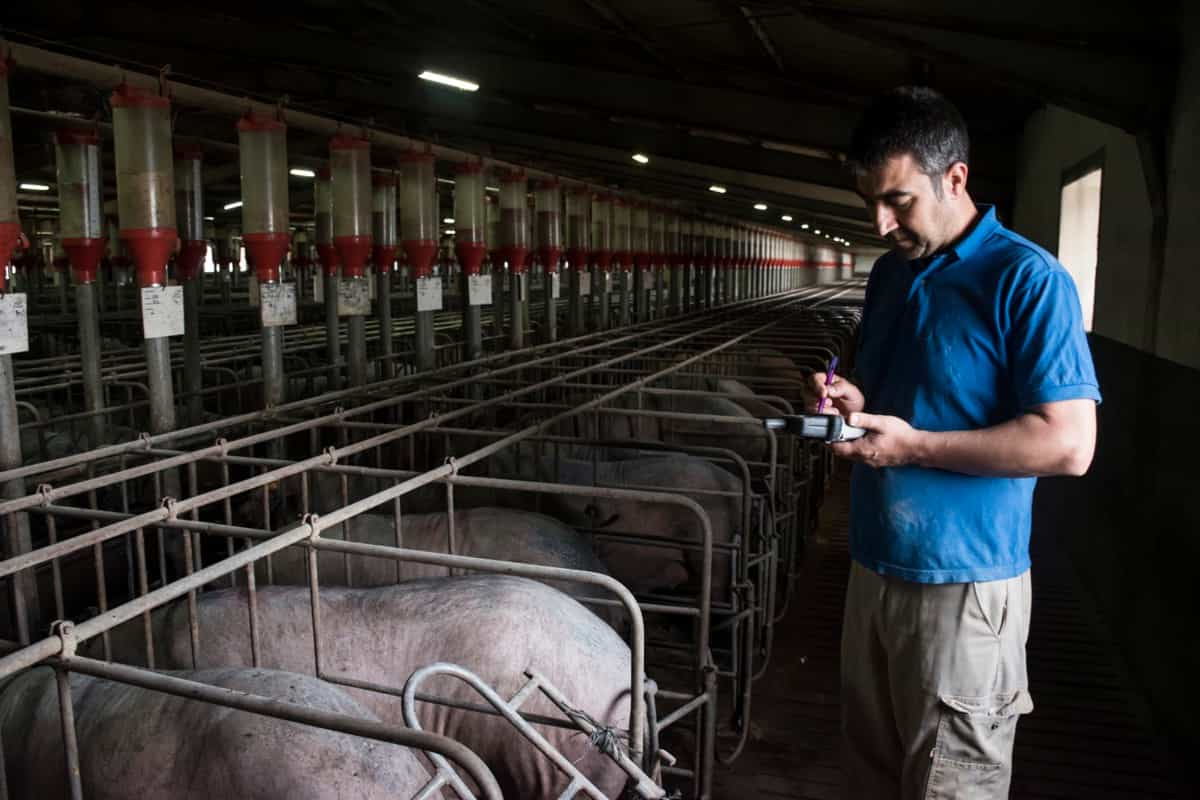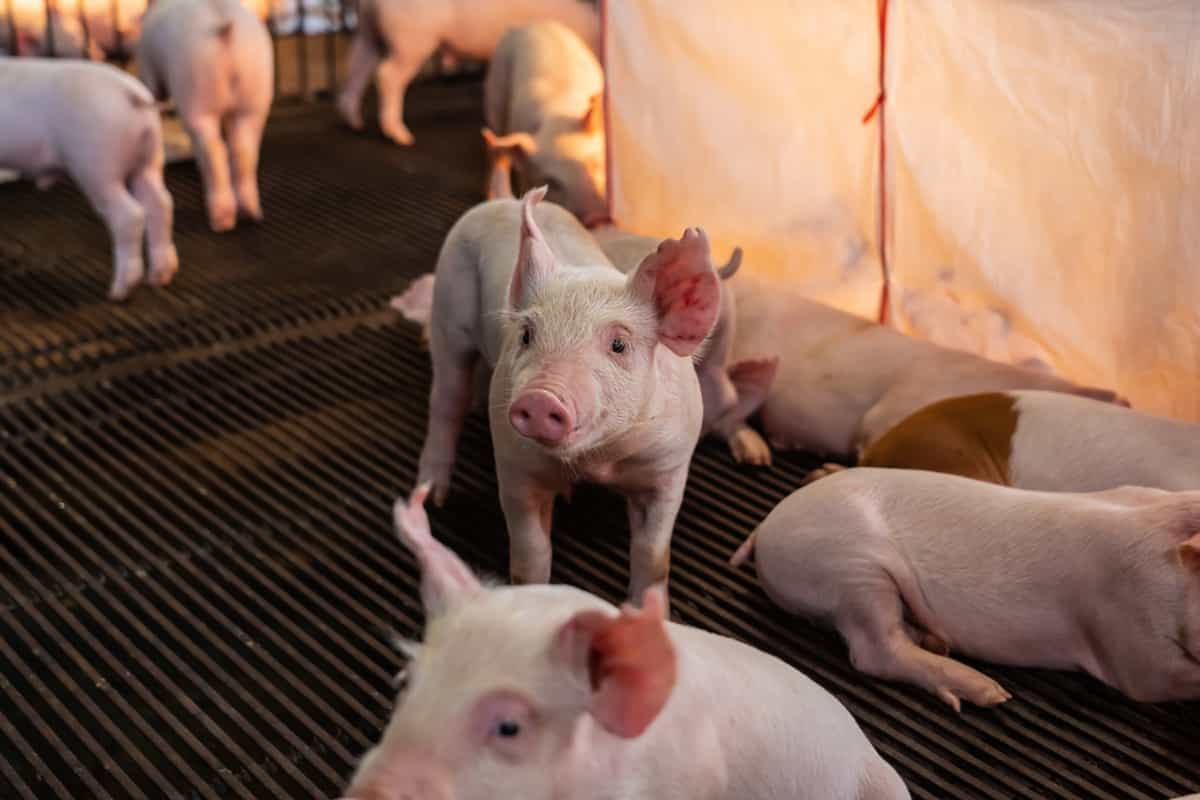Pig farming in Kenya has been growing steadily in recent years as an important agricultural industry sector, providing a valuable source of income for many small-scale farmers. The increased demand for pork, coupled with the relatively low cost of production, has made pig farming an attractive business venture for many Kenyans.

Starting a Pig Farm in Kenya
History of Pig Farming in Kenya
Pig farming in Kenya dates back to the pre-colonial era when indigenous communities kept pigs as a source of food and income. However, during the colonial period, pig farming began to be practiced commercially, with European settlers introducing improved breeds and modern management practices.
In the post-independence era, the Kenyan government initiated various programs promoting pig farming, including establishing research institutions and breeding centers. These efforts have contributed to the significant growth of the pig farming sector in Kenya, with the number of pigs and pig farmers increasing steadily over the years.
Pig Breeds in Kenya
Several indigenous and exotic pig breeds are commonly reared in Kenya. The most popular indigenous breed is the East African Black pig, hardy, disease-resistant, and well-adapted to the local climate. However, this breed has a relatively slow growth rate and lower meat yield than exotic breeds.
Exotic breeds such as the Large White, Landrace, Duroc, Hampshire, and their crosses are popular among commercial pig farmers in Kenya due to their faster growth rates, higher meat yield, and better feed conversion efficiency. Various government and private sector initiatives have introduced and disseminated these breeds.
Pig Farming Management Practices
Pig farming management practices in Kenya can be classified into extensive, semi-intensive, and intensive systems.
Extensive system: This is the traditional method of pig farming practiced by many small-scale farmers, where pigs can roam freely and scavenge for food. This system requires minimal investment in housing and feeding but has lower productivity due to the increased risk of disease, predation, and uncontrolled breeding.
Semi-intensive system: This system involves confining pigs in simple enclosures with access to outdoor areas for foraging. Farmers provide supplementary feeds to improve growth rates and overall productivity. This system is more productive than the extensive system but still has disease control and overall efficiency limitations.
Intensive system: This is the modern, commercial method of pig farming, where pigs are housed in well-designed structures with controlled environments. The intensive system requires higher initial investments in housing, feeding, and management but yields higher productivity, better disease control, and improved efficiency.
Feeding and Nutrition
Feeding plays a crucial role in the success of pig farming, as it directly impacts the growth rate, reproductive performance, and overall health of the pigs. Pigs are omnivorous animals and can be fed a variety of feedstuffs, including grains, legumes, vegetables, and animal by-products. In Kenya, the most commonly used pig feeds include maize, wheat bran, rice bran, sunflower cake, and fishmeal.
In case you missed it: Poland China Pig Facts: Origin, Size, Physical Characteristics, Pros, and Cons

The nutritional needs of pigs at various phases of development and production may be met by combining these substances in varying quantities to create balanced meals. Farmers can also use locally available feed resources such as sweet potato vines, banana peels, and kitchen waste to supplement their pigs’ diets and reduce feeding costs. However, ensuring these alternative feeds are properly processed and balanced is important to avoid nutritional deficiencies and health issues.
Health and Disease Management
Health and disease management is critical to pig farming, as it can significantly affect productivity and profitability. Common diseases affecting pigs in Kenya include African swine fever, foot-and-mouth disease, porcine reproductive and respiratory syndrome, and various parasitic infestations.
- To maintain good health and prevent disease outbreaks, pig farmers in Kenya are advised to:
- Adopt proper housing and sanitation practices to minimize the risk of infection.
- Implement strict biosecurity measures, such as controlling the movement of people, vehicles, and animals on the farm.
- Regularly vaccinate pigs against common diseases, as recommended by veterinary professionals.
- Monitor the health of pigs closely and promptly treat any sick animals.
- Practice proper feeding and nutrition to boost the pigs’ immune system and overall health.
Marketing and Value Addition
The marketing of pigs and pig products in Kenya is primarily done through local butcheries, supermarkets, hotels, and restaurants. There is a growing demand for pork in the country, driven by urbanization, population growth, and changing consumer preferences. To capitalize on this demand, pig farmers can explore various value-addition strategies, such as:
- Processing pig meat into products like sausages, bacon, and ham to increase shelf life and fetch higher prices.
- Engaging in contract farming arrangements with hotels, restaurants, and supermarkets to secure a consistent market for their products.
- Forming cooperatives and producer groups to market their products and negotiate better prices collectively.
Challenges Facing Pig Farmers in Kenya
Despite the growth and potential of the pig farming sector in Kenya, farmers still face numerous challenges, including:
- High cost of feeds: Feed accounts for up to 70% of the production costs in pig farming, and the high cost of feed ingredients can be a significant constraint for many farmers.
- Inadequate access to quality breeding stock: Many small-scale farmers lack access to improved pig breeds, limiting their productivity and profitability.
- Limited access to credit and financing: Pig farmers often struggle to access credit facilities and financing options to support their businesses, hindering their ability to expand and invest in modern technologies.
- Disease outbreaks: Disease outbreaks can cause significant losses in pig farming, and controlling these outbreaks can be difficult, especially for small-scale farmers with limited resources.
In case you missed it: How to Start Pork/Hog/Pig Farming in the USA: Business Plan and Step-By-Step Guide for Beginners

Conclusion
Pig farming in Kenya holds great potential as a viable agricultural enterprise, providing a sustainable source of income for thousands of small-scale farmers. With the growing demand for pork in the country and the relatively low cost of production, pig farming presents an attractive business opportunity for many Kenyans.
By addressing the challenges faced by pig farmers, such as the high cost of feeds and limited access to quality breeding stock, and by promoting modern management practices, feeding strategies, and value addition, the pig farming sector in Kenya can continue to grow and contribute significantly to the country’s economy and food security.
- Feed Your Flock for Less: Top 10 Tips to Save on Chicken Feed
- Ultimate Guide to Ossabaw Island Hog: Breeding, Raising, Diet, and Care
- Hatching Answers: The Top 10 Reasons Your Chickens Aren’t Laying Eggs
- Eggs and Economics: Breaking Down the Cost of Raising Backyard Chickens
- Defend Your Greens: Proven Methods to Keep Iguanas Out of Your Garden
- Ultimate Guide to Cinnamon Queen Chicken: A Comprehensive Guide for Beginners
- Ultimate Guide to California Tan Chicken: Breeding, Raising, Diet, Egg-Production and Care
- Ultimate Guide to Marsh Daisy Chicken: Breeding, Raising, Diet, and Care
- 10 Types of Chicken Farming Businesses You Can Start for Profits